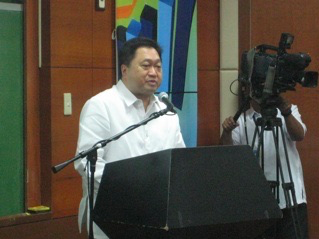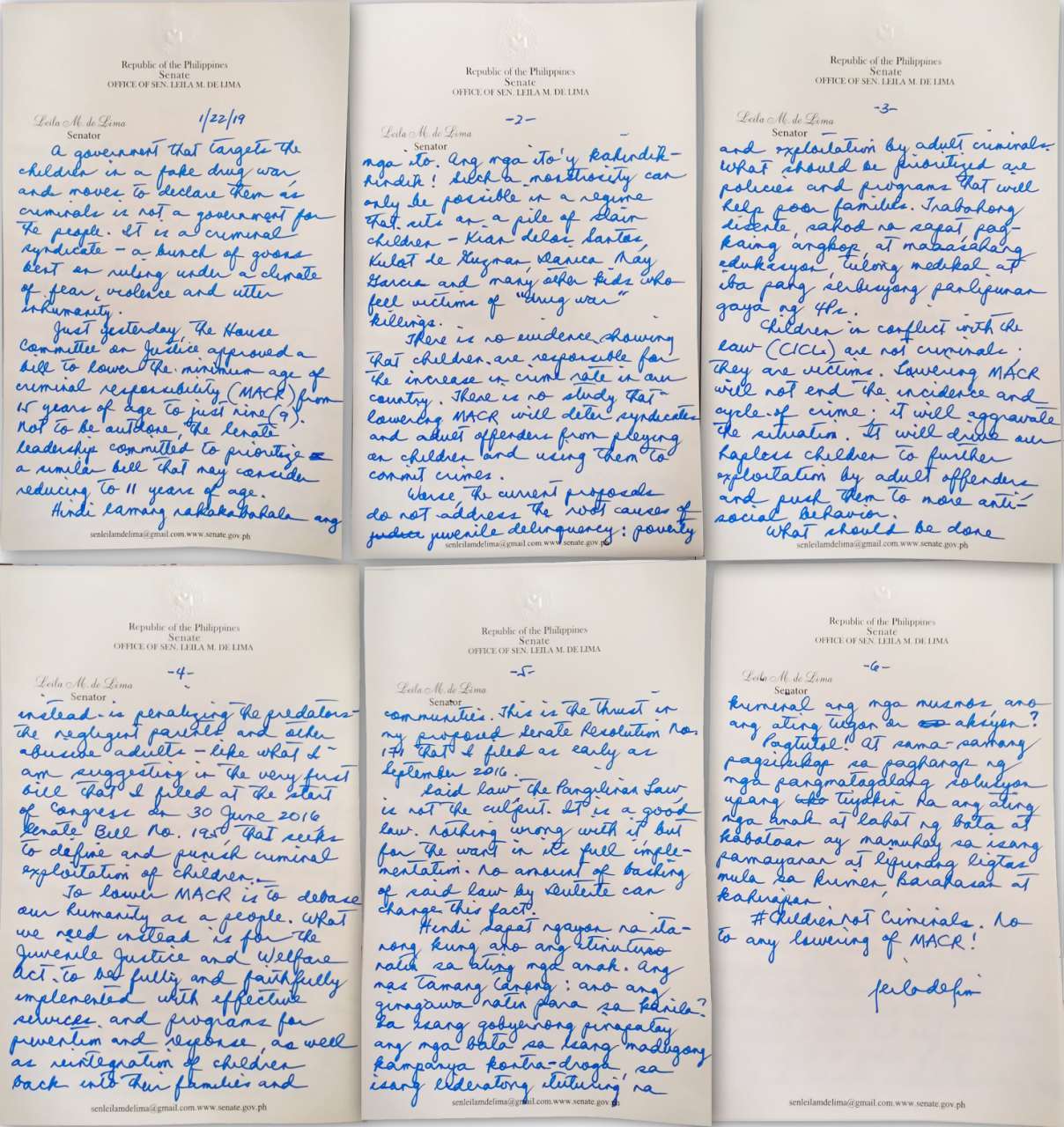Emerging technologies for local and global goals beyond 2018
This was originally published at the Sunday Times & IT on December 23, 2018.
Nothing is more relevant than using technology for social good. The United Nations (UN) helps shape individuals, development groups, and organizations use the latest innovations to promote progress on the Sustainable Development Goals (SDG). It is worthwhile to keep track of technology trends and explore how they can help support the vision for a better world, and a better Philippines by the year 2030. This year, +SocialGood identified emerging technologies that advance developmental targets. These technologies and innovative solutions highlighted in 2018 applies for 2019 to organizations outside the UN.

Here are ways technology is being adopted by the UN which we can use in the local setting.
- Blockchain for development
Blockchain helps the United Nations’ World Food Programme to reach more people with the food and aid they deserve. With Blockchain, it is harder to engage in fraudulent behavior, reducing the potential for the misappropriation of funds. Donors track the release of funds using the ledger of transactions. Governments from around the globe have pushed for more Blockchain technology in their local economies. I believe government Blockchain technology will help eradicate corruption. Will the Philippines consider disbursing the national budget through Blockchain technology?
- Moving forward with mobile solutions
The 2018 third quarter SWS survey shows only 41% of Filipinos use the internet. The internet penetration is 22% less than the “We Are Social” estimate early this year. How does one connect with the marginalized communities to services? The Philippines can consider RapidPro, a free, SMS-based mobile health monitoring tool developed by the United Nations Children’s Fund (UNICEF). The tool allows one to gather information even in the most remote corner of the world. With a basic Android phone, one can launch the application in any country while avoiding expensive set-up costs or external technical support. This is assuming remote provinces have cellular networks.
- 3D printing supporting the fight against hunger and homelessness
The future of 3D printing is being explored as a significant solution for hunger and homelessness. Anjan Contractor hopes his 3D food printer will empower the earth’s population to feed themselves with “customized, nutritionally appropriate meals synthesized one layer at a time, from cartridges of powder and oils they buy at the corner grocery store.” In order for this to materialize, this emerging technology requires to be with development practitioners and stakeholders around the world.
- Creatives ways to use drones or unmanned aerial vehicles (UAVs)
+SocialGood says “UNICEF partnered with the Malawian government to launch Africa’s first humanitarian drone testing corridor.” They tested how UAVs help generate maps to monitor disasters and crises, extend Wi-Fi or cellphone signals, and assist in the transport of important supplies. Imagine the opportunity of applying this technology in the far-flung provinces of our country. Someone can use these machines for destructive purposes but the UN is addressing the technology’s positive and negative effects.
- Crowdsourcing for more inclusive response
Through crowdsourcing, programs incorporate insights and feedback. As I mentioned earlier, RapidPro platform is one approach to gather accurate real-time information on health, nutrition, education and child protection. Around 3.3 million frontline workers and program managers in 40 countries apply the RapidPro platform for real-time information exchanges. These exchanges coordinate cash assistance programs; monitor water, sanitation, hygiene and nutrition interventions; and communicate early warning messages to communities. The possibilities are endless. The best part is this is an open-source software platform.
- Virtual and Augmented Reality helping envision a better world
UNICEF collaborated with Ideasis who built VivoosVR, a virtual reality (VR) tool designed to help children overcome their anxieties and fears in a safe, controlled environment. VivoosVR is a “virtual treatment tool to assist in exposure therapy where participants are placed in a computer-generated 3D virtual world and guided through selected environments, situations and conditions.” The UN’s own campaigns on VR are working to build empathy, raise awareness, train new experts, and help with therapy. Jeremy Bailenson, a Stanford University professor conducted research findings on virtual reality. The study showed “VR causes more behavior change, causes more engagement, causes more influence than other types of traditional media”. Professor Bailenson wants people to know VR is helpful, but “it has effects and should not be used lightly.”

The UN uses other emerging technologies like Robots, Artificial Intelligence, and Self-Driving Cars; FinTech for Inclusion and Prosperity, and Big Data which I have not discussed but the six examples above show potential. UN Secretary-General António Guterres launch of the High-Level Panel on Digital Cooperation is “to raise awareness about the transformative impact of digital technologies, such as artificial intelligence and robotics, across society and the economy, and contribute to the broader public debate on how to ensure a safe and inclusive digital future for all, taking into account relevant human rights norms.”
Will the digital innovators and the Department of Information and Communications Technology (DICT) rise to the challenge on possible transformations that emerging technologies could bring to our local development goals? Let’s start with better internet.
You can join the conversation at #SocialGood (https://medium.com/@plus_socialgood) on how technology and new media make our world a better place.



